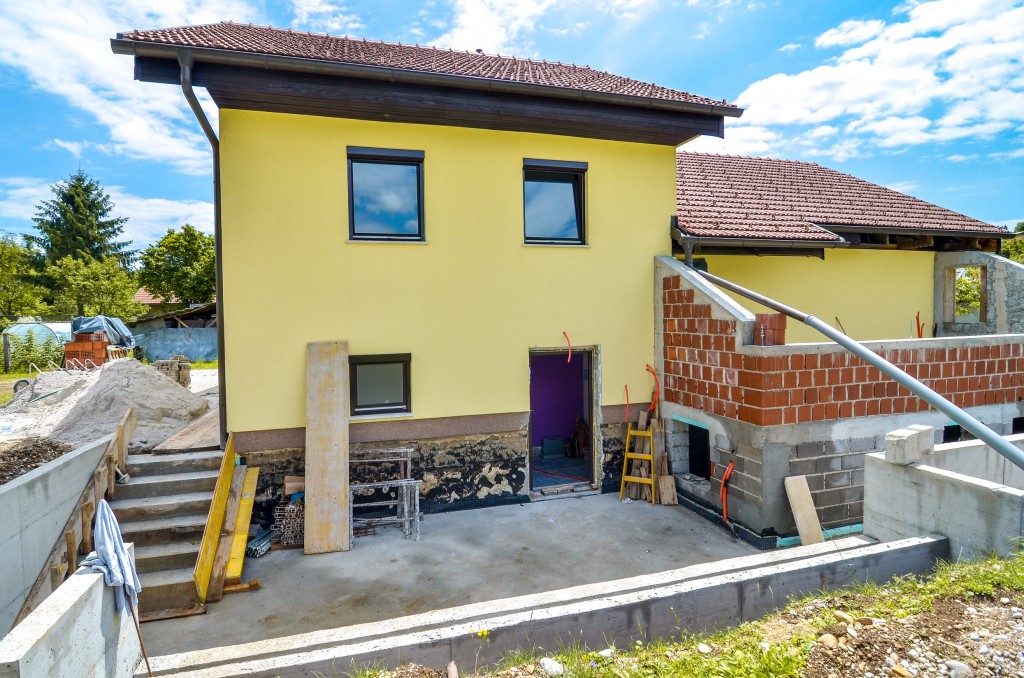If you are an artist, you might find yourself needing to find an exhibit location. After all, if no one sees your artworks, then there’s no way to tell if your artworks are any good or not! Unfortunately, it can be difficult to find the perfect location, especially if you aren’t familiar with the area you live in or if you don’t have many connections in the art world.
When you are planning an art show, it is important to create a theme and to search for a location and a creative way to illustrate it. Art shows in general and themed art shows, in particular, attract the attention of many people. The following are tips that can help you put together an art exhibit that will attract guests.
Think of Unique Locations
One of your biggest challenges as an artist is finding great places to show your work. The best exhibit locations are often hard to find, and if you’re working with a limited budget, you may not be able to afford them. But that doesn’t mean there aren’t amazing places out there waiting for you — it just means that you have to think outside of traditional spaces.
Consider nontraditional venues, like parks or unconventional art locations, like cafes or barbershops. Depending on your theme, the location will matter a lot. If you are gunning for a mystical or classy way to showcase your art, a lot of fashion brands have a garden as their runway space.
You can take advantage of the vast space and its versatility to decorate it. All you need is a beautiful garden for rent or for public use. Of course, this might be costly and more hassle since you’ll need permits so use your backyard instead! Don’t hesitate to ask for an expert’s help in transforming your garden space. A landscape design and installation will not only benefit your garden in the long run, but it will also help you add trees and plants that will suit your show and even add water features for a more artistic look.
Knowing Your Backdrop Options
There are several options for your backdrop, depending on how you plan to display your artwork. If you’re looking for something sturdy and easy to transport, try a seamless paper backdrop. These inexpensive options give you an excellent level of control over your lighting—which is essential in any space that will feature photography or prints with dark blacks and bright colors. With some planning and effort, however, almost any wall can become a gallery.
But if you’re going to choose an outdoor area, you can use rich-colored fabrics and even curtains. If you have sculptures and other objects that would benefit from a raised platform, making a small riser is easy with materials purchased at most craft or home improvement stores. You can also go retro with a bed sheets stretched between trees or posts — be sure it’s secured well, so it doesn’t fall at just the wrong moment.

Installing Lighting Solutions
Lighting plays an important role in how we perceive art and space. If you’re looking for alternative spaces for your next exhibit, consider using different forms of lighting, such as track lights or desk lamps, to give your space an artistic edge.
Proper lighting will help your art be displayed in its best light. In general, use lesser ambient light, whether it comes from overhead fixtures or wall sconces, to create more drama. You can either dim it completely or let some ambient light into your installations; then, direct people to view works under focused lights that bring out particular colors.
Setting Up The Gallery
Setting up a gallery is more than just hanging some art on your wall. For example, you should purchase some tempered glass or Plexiglass sheets that will protect your artwork. To install, first measure out where you want your display. Then place something heavy (the heavier, the better) on top of it, so it doesn’t move around while you’re working with it.
Also, purchase some neutral dyes to give your paintings a uniform color. And always take into account how people will be viewing your works before you start hanging them up. Will they only be looking at them straight-on, or will they be coming in from an angle? As always, measure twice before cutting once!. Most pieces should be hung no higher than seven feet.
If you have artworks besides paint on canvas like sculptures and statues, you can consider adding supports so your works won’t fall and break. You might also need to add display cases to protect precious pieces from dust or UV rays that could fade certain materials over time. And if you want a professional look, pick up some custom-made frames for your most valuable artworks instead of using cheaper ones off of the shelf.
Before you create your exhibit location, remember that doing so should always be for your benefit. Whether it’s a way to showcase your skills and create something inspiring, or an educational or informative endeavor, making a one-of-kind art display is sure to draw in crowds and inspire conversation.




